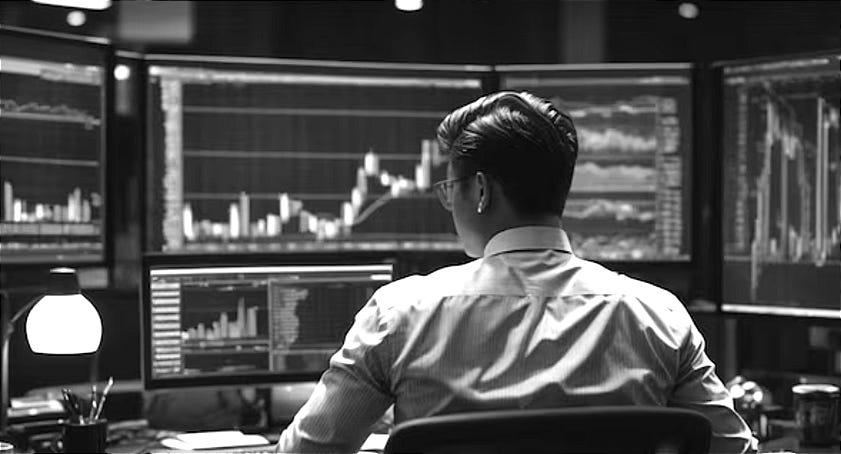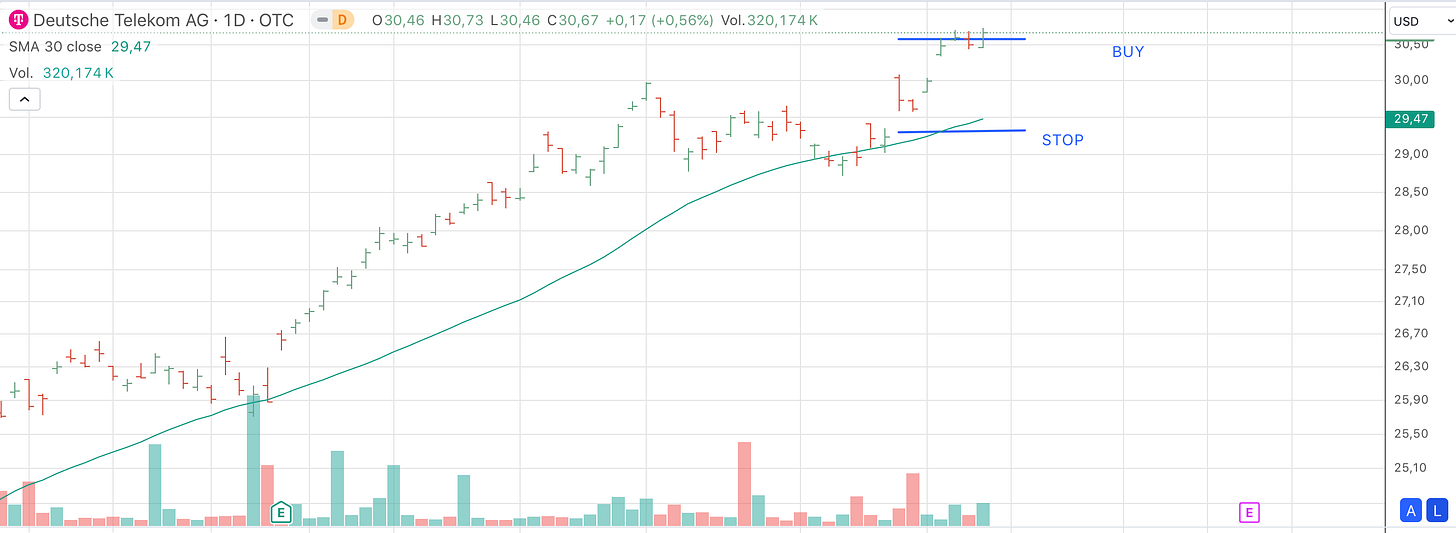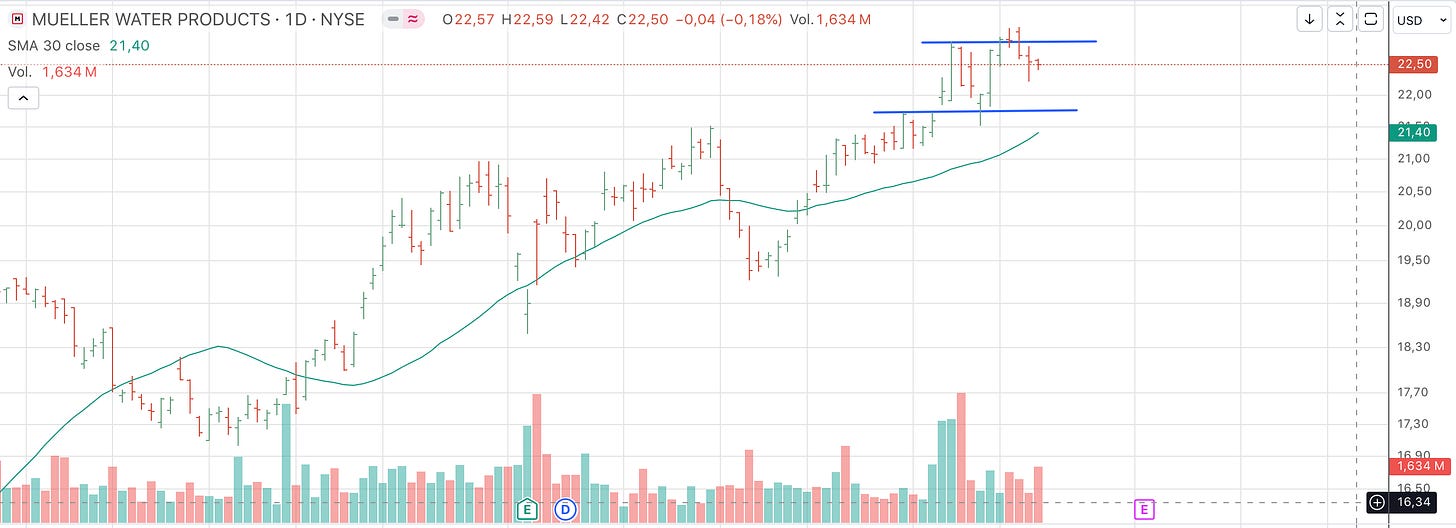"Observation in science is a passive act; experimentation is an active one."
Claude Bernard.
EXPERIMENT
I have started an experiment. A portfolio of companies at new highs, with loss control and discretionary management.
My trading strategy is inspired by the books of Mark Minvervini and an interview with Sean Ryan, David Ryan's son, who has had great success with this technique.
I will follow this investment style for a year and will document my trades and progress here as a 'trading journal'.
Of course, I'll continue to publish my in-depth analyses of the world's best small-cap stocks. Don't worry, I won't stop.
RULES
I start with a screener that looks for stocks at new highs.
Very simple rules.
They are between -5% and 6% of the highs of the last 1,000 trading days.
The growth of sales in the last three quarters has been progressive.
The surprise in earnings, EPS, and net margin are better than the industry average.
Positive Free Cash Flow in the last quarter.
We sort by earnings surprise. Not many companies pass the screener. This could be good or bad. Of the 10,000 companies in the United States, and those for which I have fundamental data, on the day I ran the screener, only 38 met these criteria. That's 0.3%.
By changing the technical parameters and being less demanding with the concept of "new highs" things change and more companies appear, about 200.
Sean Ryan would look at the charts of all the companies making new highs and choose the ones he liked best.
I fall asleep looking at so many charts and prefer to try Minervini's rules to filter companies, so I have fewer to choose from.
The rules will evolve and change, I have no doubt. I will keep you informed.
SELL
We have to sell. This advice applies to everything in life.
When do I sell the companies?
They will sell themselves. All of them have a Trailing Stop.
I adjust the Stop based on recent volatility.
After looking at several hundred stocks with this technical pattern, I've realized that most of them have a recent volatility equal to the stop distance recommended by William O'Neill in his classic book "How to make money in Stocks". Fascinating.
I described and backtested this book years ago in a couple of articles. I'll leave a link below.
Some people follow a similar trading strategy. As soon as they have profits, they secure them by selling a portion. Then they raise the stop and let the price run, controlling the trade with a fast moving average.
It's another option. For now, I'll stick with the simple one, which is the Trailing Stop.
PORTFOLIO
The upper line is the purchase price. The lower one is the stop distance.
FINAL NOTES
So far, the trading has been pleasant and relaxed. The rules are clear. The stop loss is defined and will take me out of the market with acceptable losses, whether the price falls or the entire market crashes.
I'm finding a lot of companies with high share prices. This might seem bad, but it turns out to be a good thing. I did a study years ago, published on Rankia, that showed it's better to buy companies with high share prices than low ones. I'll leave the link at the bottom.
But…
Will I make more money than investing in the S&P 500?
I have no idea, we'll see in a year.
For now, I'll be updating the sales and purchases here periodically.
If you liked the article, and you're feeling generous, share it with others.
Thanks for reading!
LINKS
PRICES Rankia (IN SPANISH, SORRY)
BOOK How to make money. (AGAIN IN SPANISH, SORRY)










